Introduction
In Fkmt-lab, we are conducting research and applying it to the real world under the themes of “community design”, “urban disaster prevention and urban planning for disaster prevention”, “development of educational methods and teaching materials”, and “utilization and revitalization of vacant land, vacant houses and spaces”.
In addition to the following research themes, we welcome any new ideas that are not limited to the following themes. I am always looking for possibilities, and I hope that students who want to join our laboratory will have the same motivation and attitude.
Community Design
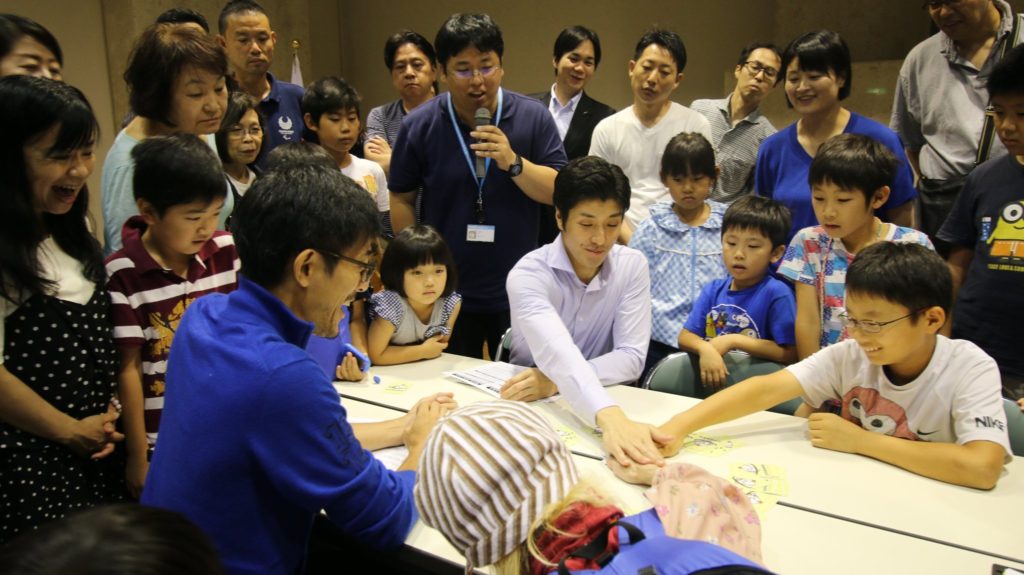
We conduct practical research into the creation of places and mechanisms for people-to-people connections so that residents can come up with their own solutions and overcome the issues facing local communities, such as population decline, aging, urban degradation, natural disasters, and environmental problems.
We are conducting research to establish design methods based on experience and practice and to evaluate their effectiveness in the following areas: “Collaborative design”, which encourages the creation of methods and systems for discovering issues; “Participatory design”, which establishes methodologies for creating spaces, dialogues, and records; “Dispatch design”, which solves issues through the organization and dissemination of information; and “Sustainability design”, which creates sustainable initiatives through marketing and fundraising.
Latest Related Articles
[catpost catid=”13″ num=”3″]
Urban Disaster Prevention and City Planning
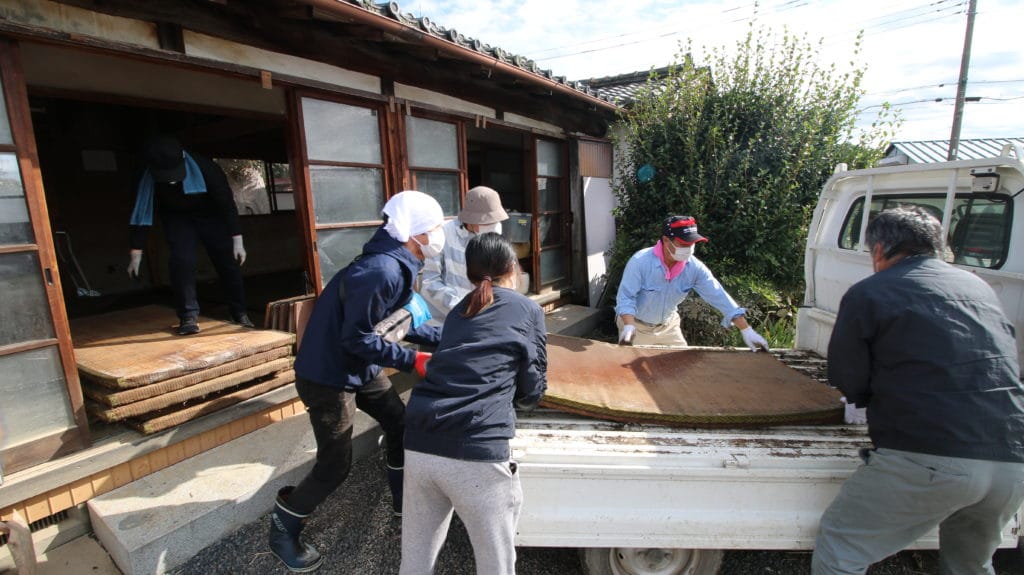
While Japan is rich in nature, a variety of natural phenomena occur and disasters occur depending on the space in which people live.
It is also exposed to threats such as missiles, terrorism, accidents and infectious diseases. We conduct research to clarify the relationship between spatial and social characteristics by clarifying “what is dangerous for whom,” “what kind of damage is done,” and “what are the countermeasures and lessons learned,” based on a steady survey of different spaces and situations.
Through these research results, we are studying how we can incorporate “safety” and “disaster prevention” into our daily lives without forcing ourselves to do so, linking them to the practice of concrete city planning, and constructing design methods for them.
Latest Related Articles
[catpost catid=”382″ num=”3″]
Development of educational methods and teaching materials
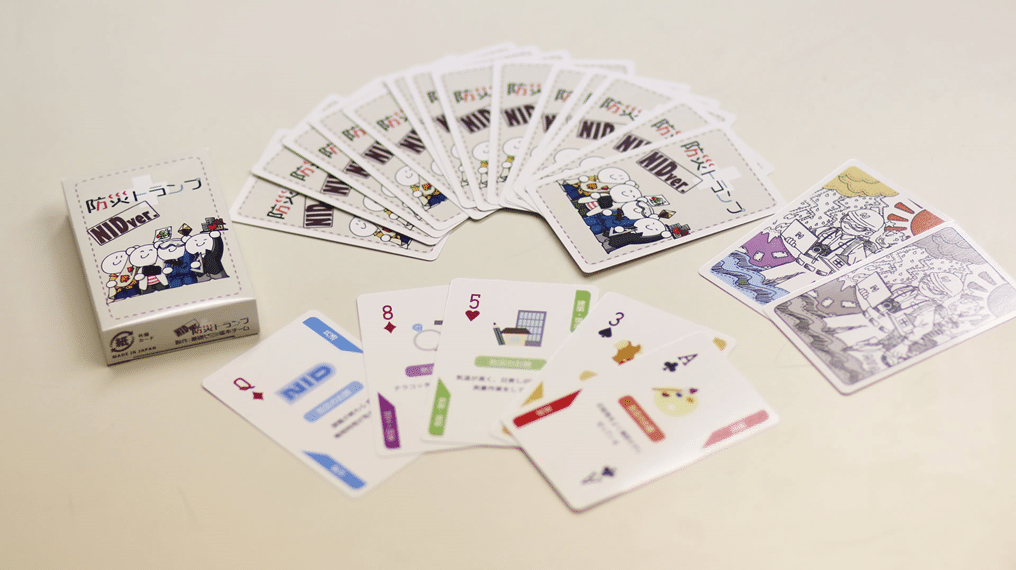
We are developing a “community design tool” as an educational method and teaching material to encourage “active intrinsic motivation”, which is an attitude and attitude to cooperate with various people based on the premise of thinking, noticing and acting by oneself.
It is a series of research frameworks that go beyond the proposal of tools, materials, activities, and services to solve local issues, to prototype and evaluate them by applying them to parties and sites facing the issues.
Latest Related Articles
[catpost catid=”383″ num=”3″]
Utilization and revitalization of vacant houses and spaces
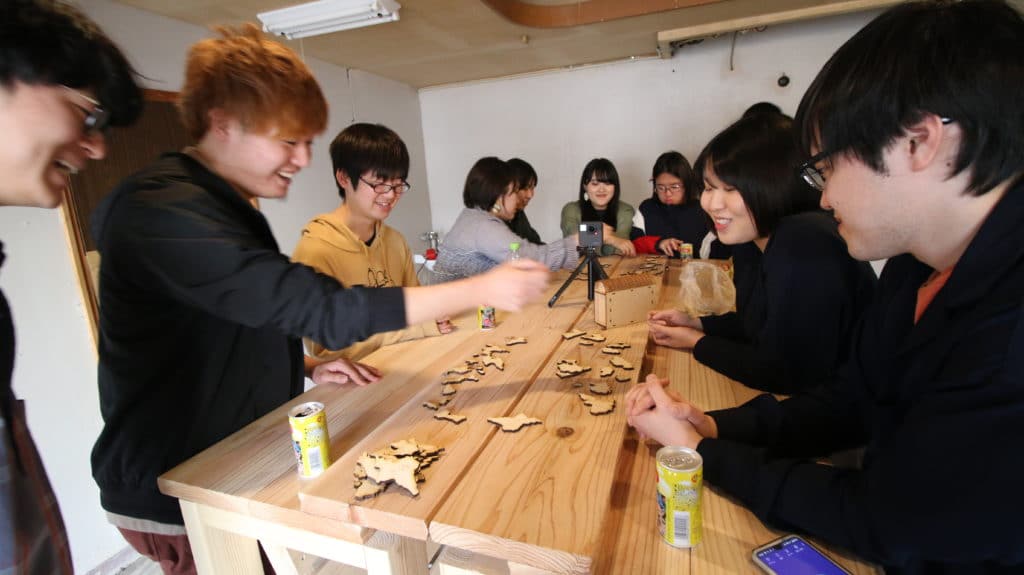
In local cities, including Nagaoka City, the population has been declining as a result of the outflow of population to metropolitan areas around the nation’s declining birth rate.
As a result, the number of vacant spaces such as vacant lots, vacant houses, vacant stores, and rooms is increasing, and the once-bustling city center is in decline, the number of people walking on the streets is decreasing, and the vitality of the region is being visibly lost.
In response to this situation, we are engaged in theoretical and empirical research on how to utilize and revitalize vacant space, while practicing and implementing various initiatives to make vacant space flow.
Latest Related Articles
[catpost catid=”531″ num=”3″]
To students who wish to study in Fkmt-Lab at Nagaoka Institute of Design
Design for real-world applications and research as a basis for such design – both are like two wheels in a car, and both aspects are important.
As a university of design, Nagaoka Institute of Design is a place to contribute to society by expressing knowledge that is recognized as having an academic value in a “thesis” and by expressing knowledge that is recognized as having design value in a “creating” manner. In addition, I believe that professors of this institute provide an educational environment where students can not only learn the knowledge given to them, but also conduct research in frontier fields, learn through “trial and error”, and develop the students who can play an active role in society.
With this in mind, we would like to provide guidance to our students in accordance with the following policies.
1. Use your own experiences, ideas, and sensibilities as materials.

I don’t deny that you can aim at someone as a role model or be influenced and imitated by talented works as a learning process, but I personally believe that in the time you have lived, there are many “seeds” of your original sensibility and design.By carefully looking back at the path you have lived, you will find many raw stones of talent, and you will be able to build up the time ahead with care and care.We believe that our own uniqueness and strengths will become clearer through the input of role models, the work of others, and the opinions of others.I would like the students to use the time you have spent “past experiences” to hone your sensitivity (your ability to find what you really want to express).
2..Acquire active intrinsic motivation.
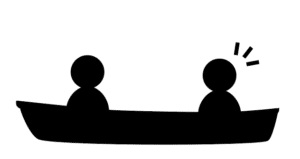
You may hear that society requires “Problem-Solving Skills”.Problem-solving ability is a complex thing, and varies from “the ability to discover problems” to “the ability to structure and decompose problems” to “the ability to work on solving decomposed problems. I think there are many people who don’t know how to use this kind of power, even if they are told to do so at once.
But that sense of being troubled is very truth.In this program, we take a “trouble” as a starting point, and increase the number of things that can be tackled steadily by listening carefully to a dialogue about how the trouble came about, what the cause of the trouble is, and what condition it should be so that the trouble can be eliminated.We would like students to acquire “active independence: an attitude and posture of cooperating with various people based on the premise of noticing, thinking, and acting on your own” as an image of a mountain climb.We believe that this will be a great strength to continue to work as you do in the design field and in any other field.
3.Acquire the fundamental knowledge and skills of the field you want to specialize in.
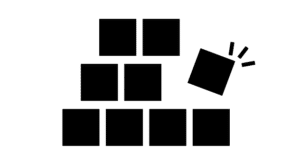
In order to contribute to society and live independently, you need to be a person who can receive the rewards from your activities and contributions to society.This requires some kind of ability to make a contribution to society.Ideally, you should be able to acquire a lot of competencies, however, I would like you to at least obtain, “This is what I specialize in. ” “What I’m good at is this.” I would like you to create one area in which you are good at, which you can work on with confidence.In order to do so, it is necessary to acquire the basics of the field you want to specialize in parallel with the above “using your own experiences, ideas, and sensibilities as materials” and “acquiring active autonomy”, and to understand where your efforts will be located in that field.Our predecessors were great, and you don’t learn the all knowledge and basics one overnight. Only through good input and output can we get an overview of what’s going on. We hope to persevere and work together with you to acquire the fundamentals.
For future
As a university assistant professor, I’m now on the side of instructing students, however, I’m also still on the side of learning yet.
Therefore, I believe that I have much to learn from my interactions with you, and I would like to continue to think together, discuss together, and take concrete actions together.
I have developed initiatives in a variety of fields, including the natural environment, IT, disaster prevention, and community development and design, and have had the opportunity to receive social recognition.
I’m also the president of a corporation and has been involved in many joint projects with Rotary clubs, Junior Chamber Internationals and business associations.
I would like to make use of my personal connections I have made through these activities as an opportunity for your growth and for the people who are related to our projects.
I would like to contribute to the management of our laboratory to help you achieve your goals and I’m looking forward to acting for society with you.

 日本語
日本語